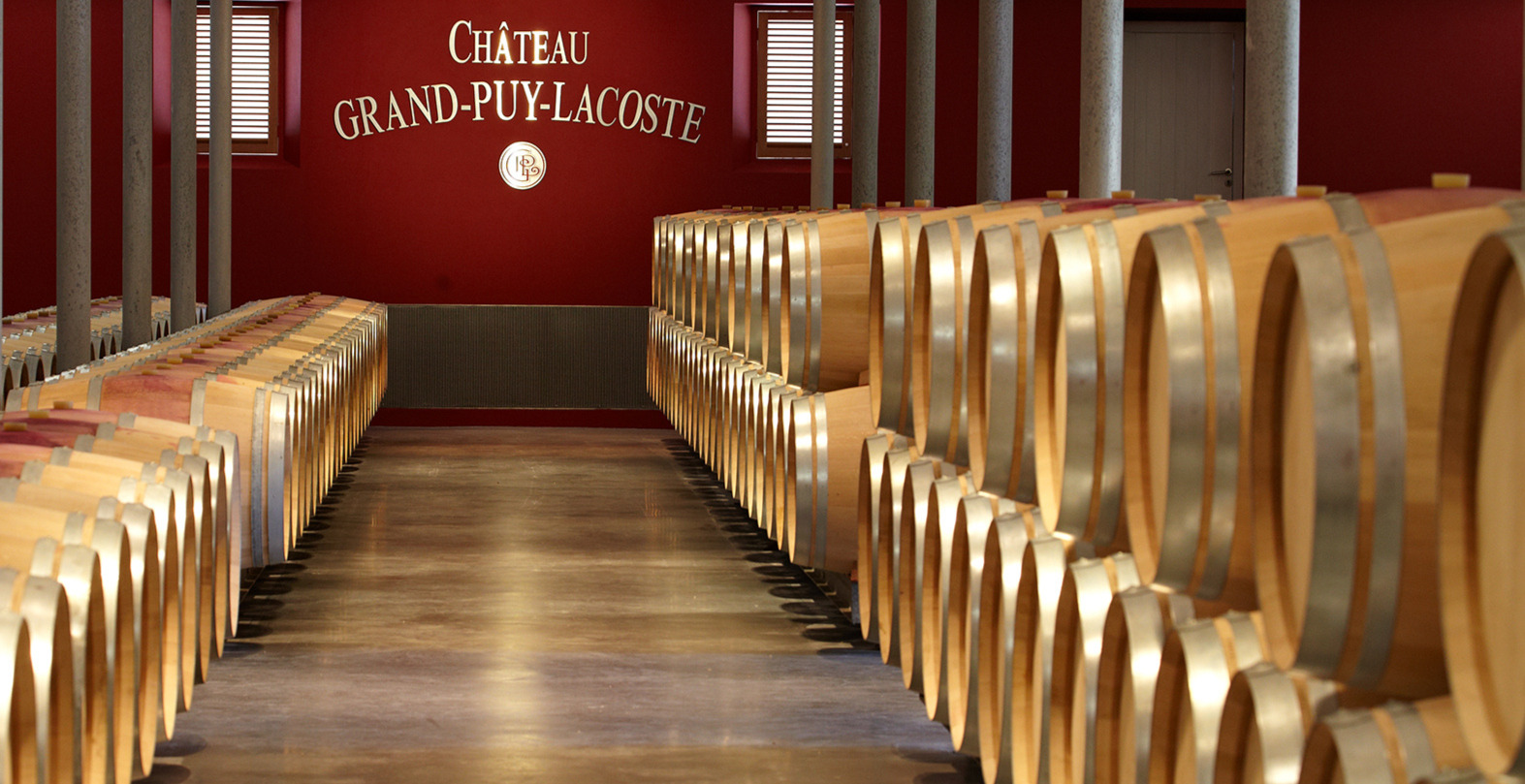For the second year running our team tasted the latest Bordeaux vintage from our head office in Greenwich rather than Bordeaux. We received a selection of over 125 samples from the UGC alongside more samples which came direct from the châteaux. All were tasted and re-tasted during the week commencing 26th April.
2020 Bordeaux – our summary
‘Well, is it any good?’ is often the first question we’re asked, followed quickly by ‘how much will it cost?’
In short, 2020 is an excellent vintage – the third in a row. It will sit comfortably alongside 2018 and 2019 and shares some of the same traits, although they all show some fascinating differences too. In all three of these vintages, we have found characteristics we have never tasted before – this trilogy of vintages will amaze wine-lovers for decades to come. It is often said in Napa, where there is naturally a lot more sunshine, that there is no such thing as a bad vintage. Are these vintages a sign of things to come for Bordeaux? We’ll have to wait and see, though 2020 suggests that the vines are adapting, as the wines show beautiful harmony. As to pricing, we’ll expand on that below as much as we can.
Last year’s En Primeur campaign was in doubt until the last minute – it was difficult to see how there could be a campaign in such difficult global circumstances. However, the generous discount given to the prices against previous vintages coupled with the quality of the vintage saw a very successful campaign take place and we are hopeful for similar this year. Early reports were of another great year with slightly reduced yields and similar consideration given to pricing, which would presumably see demand equal to last year.
However, as you may have seen in various news reports over the last four weeks, large parts of France’s grape growing regions, including Bordeaux, were badly hit by freezing temperatures and frosts during April. Although vignerons have developed increasingly clever and innovative ways to deal with frost, none of them are foolproof and unfortunately the 2021 vintage across France will see much reduced quantities. One must think this could affect the pricing of the 2020s, though it remains to be seen by how much. The yields for 2020 Bordeaux were already expected to be 10% lower than last year.
The Growing Season
- A similar pattern to 2016, 2018 and 2019. Challenges of lockdown and managing people not inconsiderable.
- Mild winter with temperatures around 2’c above the 30-year average – vine cycle begins early.
- First half of the year was warmer than both 2018 and 2019.
- Wet spring raises the threat of mildew – if not dealt with correctly caused some producers to lose volume.
- Second half of May was warm and dry which led to early flowering.
- This was followed by a dry hot summer – from 18 June to 11 August there were 54 days of drought.
- The summer was still hot but slightly cooler than 2018 and 2019.
- Lots of rainfall, but mainly through thunderstorms in May, June and August. This meant rain hit different appellations at different times. Rainfall in 2020 is 15% above the 30-year average.
- Moisture retaining clay-based soils benefitted during the drought while some other regions saw vines stressed.
- The best wines seem to have come from terroir capable of excellent drainage and the capacity to handle hydric stress – particularly Pomerol, St. Emilion and parts of Pauillac and St. Julien.
- Warm and dry harvest. Merlot picked from mid-September and Cabernets a week later, during a late heat-wave.
- Average volumes are down 10% against 2019, although some communes lost up to 25%, through a combination of frost, mildew, drought and small berries.
The Wines
- Full-bodied and balanced wines with a crunchy freshness.
- Ripe tannins perhaps a little more obvious than 2018 and 2019.
- Slightly closer in style to the 2019s, although a little less consistent and may need a little longer to come round in bottle.
- No signs of over-ripeness or excessive alcohol heat, despite what may be fairly high alcohol levels analytically.
- Julien the most consistent and elegant of the left bank communes, some very impressive and typical Pauillacs.
- Estephe good all round while Margaux appears quite inconsistent (not unsurprising for one of the largest appellations on the left bank).
- Pessac & Graves is consistently very good to excellent – easiest wines to taste and generally the most harmonious left bank samples, along with St Julien.
- Pomerol shows the warmth and charm of the vintage, with ripe open and hedonistic wines – the grapes here tend to ripen earlier and may have avoided the September heat wave which had the potential to over-concentrate, through evaporation, later ripening grapes.
- Tannins were more noticeable in St. Emilion, but the wines here will rival Pomerol for potential stars of the vintage.
Excellent wines have been made in all appellations, however, we found in our tastings that the Merlot based wines on the right bank were showing a much more consistently with generous fruit from the heat of the vintage – more careful selection is needed on the left bank, but choose well and 2020 will reward you.


